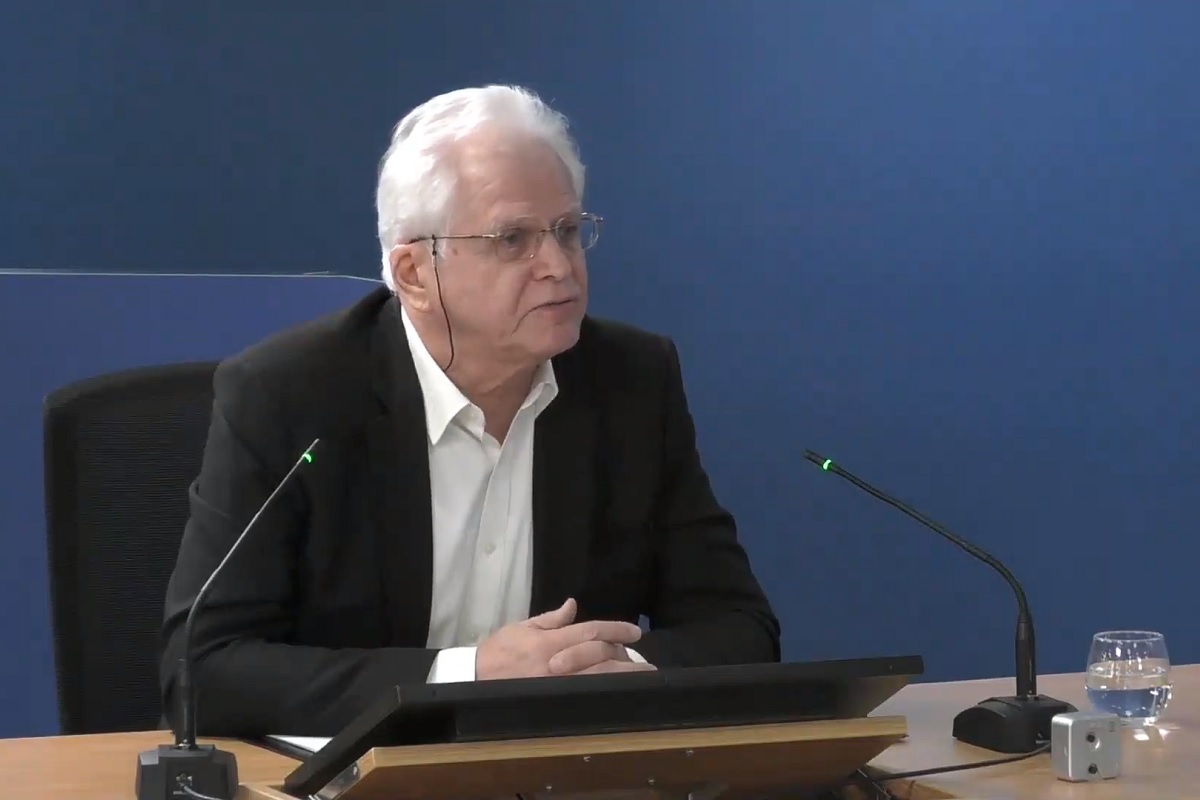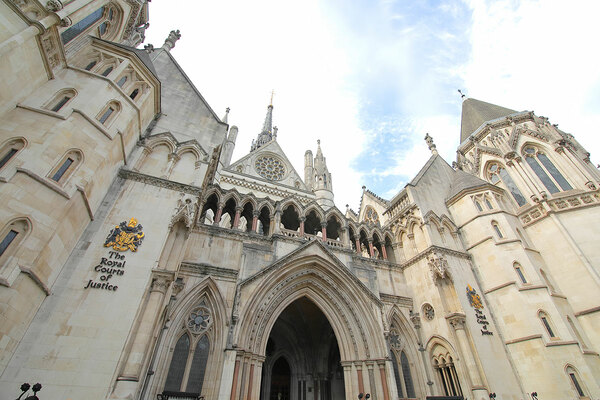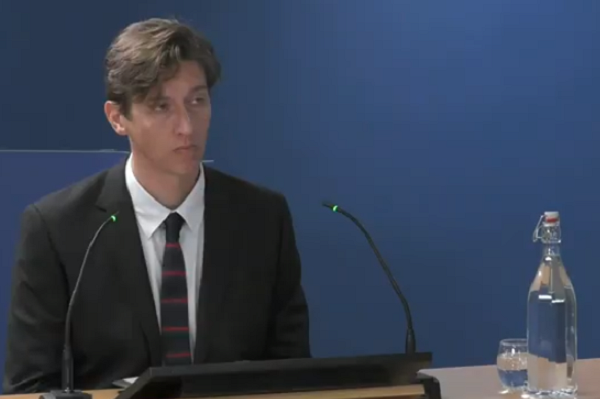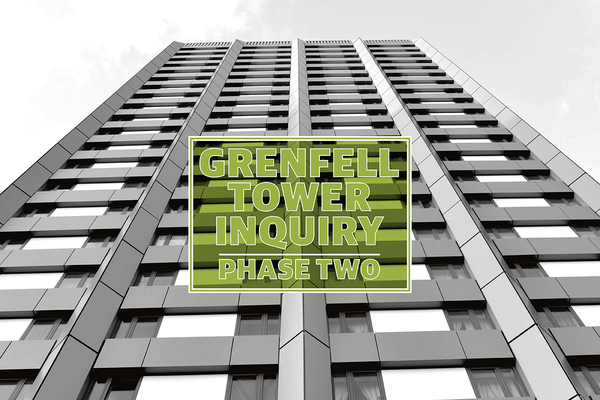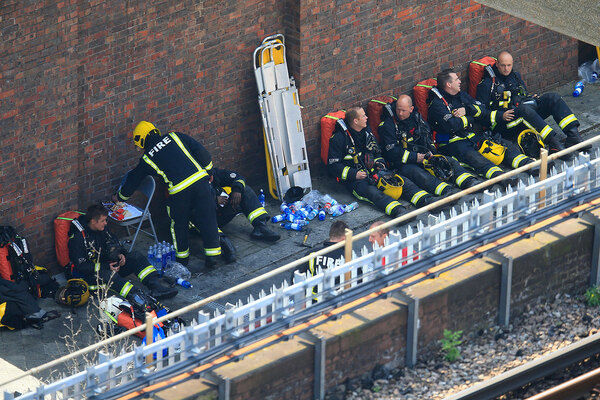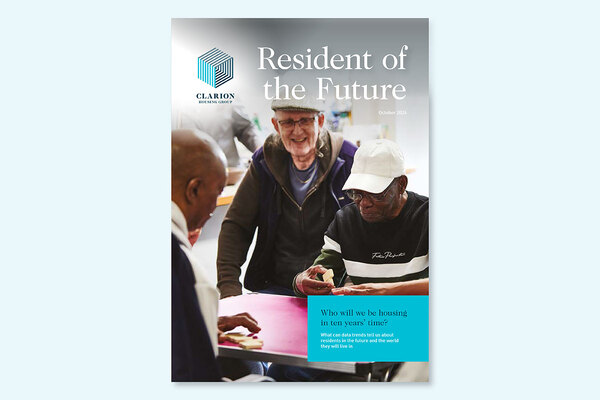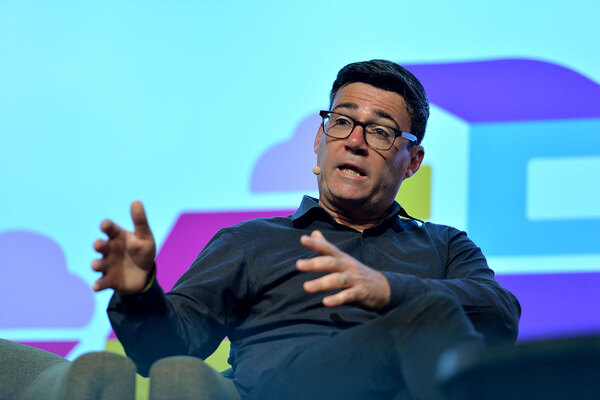You are viewing 1 of your 1 free articles
Grenfell refurbishment architect was not appointed through bidding process, inquiry hears
The architects’ practice that oversaw the design of the fateful refurbishment of Grenfell Tower would likely not have won the contract had it been subject to a competitive bidding process, the inquiry into the fire has heard.
Studio E was appointed by Kensington and Chelsea Tenant Management Organisation (KCTMO) to design a major overhaul of the tower – including fitting new cladding – despite having never undertaken a project involving a high-rise residential building, a director of the firm admitted yesterday.
Andrzej Kuszell, director at Studio E, told the inquiry that KCTMO never asked about the firm’s experience of refurbishing or over-cladding high-rise buildings.
He agreed with Richard Millett, lead counsel for the inquiry, that regulations requiring bidders to have relevant experience meant it was unlikely Studio E would have won the contract had it been subject to a competitive procurement process.
Studio E was appointed to the Grenfell Tower project having already won a contract to design the new Kensington Academy and Leisure Centre (KALC), which sits very close by.
It was eligible for the Grenfell Tower project because the fee offered by KCTMO was below the £174,000 threshold set by the Official Journal of the European Union’s procurement rules.
This fee was considered “low for what we were being asked to do”, Mr Kuszell said.
In an email sent in February 2012 to Mr Kuszell, Mark Anderson, the then director of assets, investment and engineering at KCTMO, said the ALMO and the Royal Borough of Kensington and Chelsea Council (RBKC) wanted “to enhance Grenfell Tower whilst undertaking the KALC project”.
Mr Anderson expressed a need to “proceed quickly with the project so that we maximise any opportunities that may arise from joint procurement and construction”.
Bruce Sounes, the architect at Studio E who led on the Grenfell Tower refurbishment, had also never worked on a high-rise residential project.
He forwarded Mr Anderson’s email to Mr Kuszell, describing Studio E as “a little green on process and technicality” and proposing “rapid” training.
At the hearing, Mr Sounes said he had been referring to the “quite daunting” task of undertaking the work required by KCTMO in an occupied building.
An email between senior officers at RBKC sent in 2011 and seen by the inquiry described Grenfell Tower as “one of [KCTMO’s] worst property assets” and said refurbishment would “prevent it looking like a poor cousin to the brand new facility being developed next door”, with new cladding meaning “the visual appearance of the area is significantly improved”.
But Mr Kuszell rejected suggestions by Mr Millett at yesterday’s hearing that improving the tower’s appearance was the reason for it being refurbished or that it was an “add-on” to the KALC project, saying: “Sorry to say this but I wish you would stop using such negative language.”
Studio E wanted to do “the best possible job on the tower within the budget that the client had offered”, he added.
The practice hit financial difficulties in 2014, resulting in one of its arms – Studio E LLP – being placed into creditors’ voluntary liquidation with its contracts taken over by Studio E Ltd.
However, Mr Kuszell denied that this had affected the resourcing of the Grenfell Tower refurbishment works.
Mr Sounes and the architect working with him on the project, Neil Crawford, carried out a technical review of the Grenfell Tower refurbishment in October 2015. The review did not highlight any possible safety concerns.
Asked if he would have done anything differently in relation to the Grenfell Tower refurbishment, Mr Kuszell said: “If we had understood that building regulations were not robust, if we had understood that we can’t trust a certification, if we had understood that advice that was being given from parties who were either specialists or marketing products was that unreliable and misleading – this is so sad to say, but I don’t think this tragedy would have happened.”
The hearing continues, with Mr Sounes due to give more evidence on Tuesday.
Sign up for our weekly Grenfell Inquiry newsletter
Each week we send out a newsletter rounding up the key news from the Grenfell Inquiry, along with the headlines from the week
Already have an account? Click here to manage your newsletters
